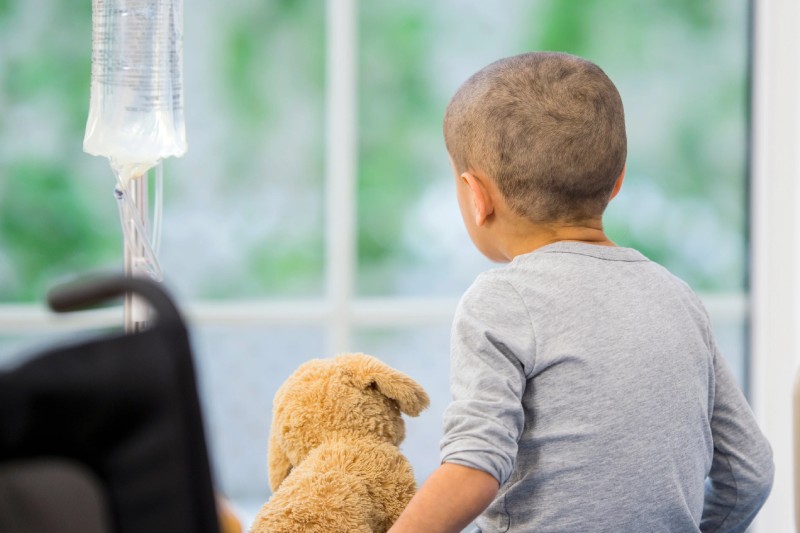The survival rate and quality of survival of children with cancer can be examined with the assistance of a brand-new measurement tool. A set of health-related outcome indicators has been developed by Princess Máxima Center for Pediatric Oncology researchers in collaboration with cancer patients and survivors. The outcome indicators contribute to improved care for children with cancer by measuring the balance between survival and quality of life.
There are many types of childhood cancer, and the ramifications for later life can shift colossally. After surviving childhood cancer, some children and adults face daily physical, psychosocial, and neurocognitive effects of the disease or treatment. Others are able to live their lives normally with few late effects. The more relevant data that is available, the more effective and less harmful treatments that can be developed.
International consensus
The Princess Máxima Center and St. Jude Children’s Research Hospital in the United States jointly took the initiative for the outcome indicators project. Over 450 world-renowned pediatric oncologists and individuals who had cancer as children were surveyed by the researchers. For 18 types of childhood cancer, consensus was reached on 24 clinically relevant outcomes. The leading journal Nature Medicine published the project’s findings on June 15th.
Highest level
The Princess Máxima Center’s medical director, Prof. Dr. Rob Pieters, says: “With the development of outcome indicators, we want to account for the quality of care at the highest level as the largest pediatric oncology center in Europe. What are our outcomes of care and treatment like? How can we further improve our care during and after cancer treatment? What is important for patients in later life? Using outcome indicators, we now make the quality of our care and the health of the cured child clearly measurable and comparable with other hospitals. That’s part of the mission of the Máxima Center, to cure all children with cancer with optimal quality of life.”
Global collaboration
Improved evidence-based treatment for children with cancer is possible when outcome indicators are systematically tracked and evaluated. According to Prof. Dr. Leontien Kremer, the Princess Máxima Center’s principal investigator of recent effects, International collaboration is crucial because pediatric tumors are uncommon. The ability of individuals from various backgrounds to work together is a strength of the outcome indicators project. In addition to survivors, pediatric oncologists, nursing specialists, and (neuro)psychologists provided their own perspectives, and we came to a consensus regarding the outcomes that are essential for survivors and children.

 Diabetology2 weeks ago
Diabetology2 weeks ago
 Diabetology2 weeks ago
Diabetology2 weeks ago
 Diabetology2 weeks ago
Diabetology2 weeks ago
 Diabetology1 week ago
Diabetology1 week ago
 Diabetology2 days ago
Diabetology2 days ago
 Diabetology2 days ago
Diabetology2 days ago
 Diabetology2 days ago
Diabetology2 days ago
 Diabetology8 hours ago
Diabetology8 hours ago






